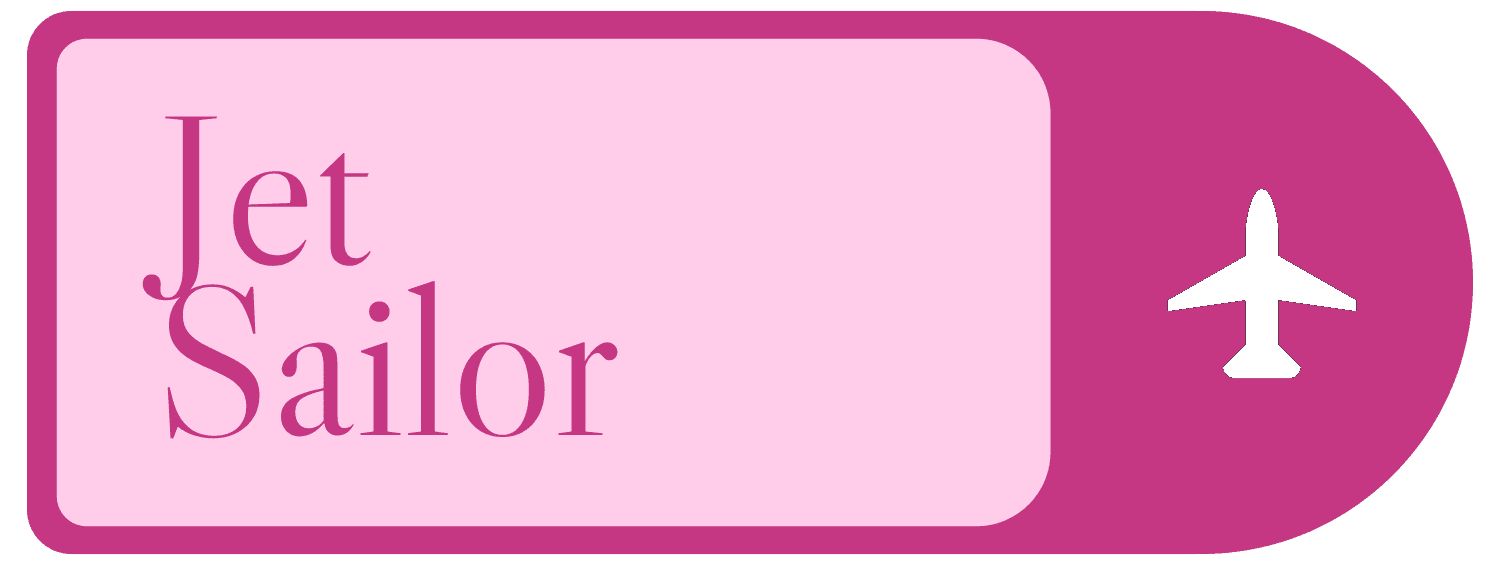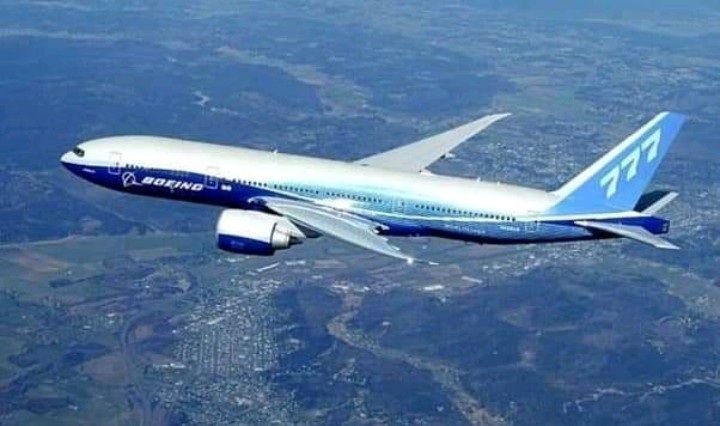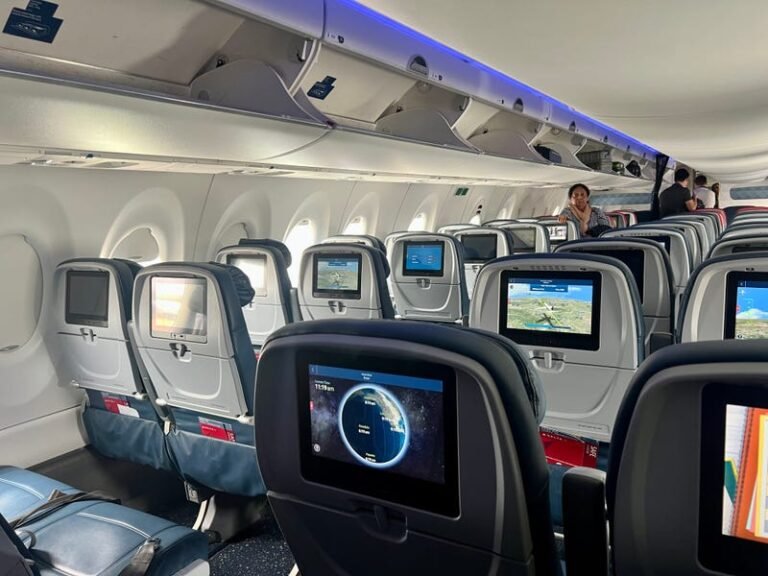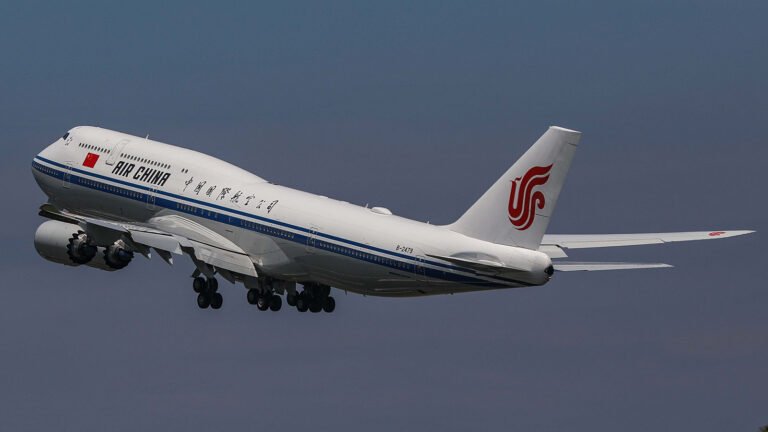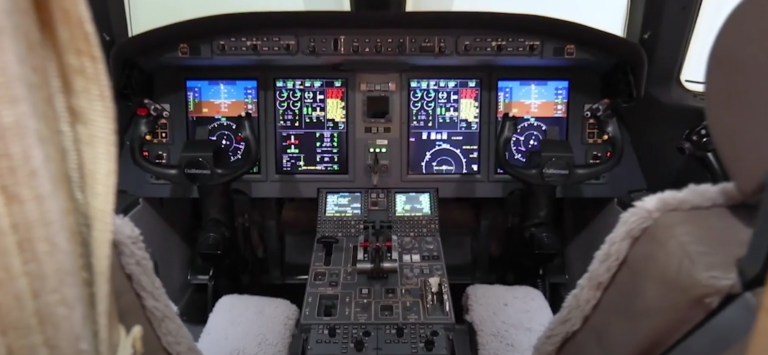How Long Can a Commercial Plane Fly Without Refueling: Ultimate Guide
A commercial plane can fly without refueling for up to 20 hours. This depends on the aircraft type and flight conditions.
Understanding how long a commercial plane can stay airborne without needing to refuel is crucial for travelers and aviation enthusiasts. It helps in planning long-haul flights and ensures safety. Different factors affect this duration, such as aircraft model, fuel capacity, weather conditions, and flight path.
Some planes are designed for ultra-long-haul flights, offering extended range and efficiency. This blog will explore these aspects, providing insights into the capabilities of modern commercial aircraft. Whether you’re curious about the latest aviation technology or planning a long journey, this information is valuable. Let’s dive into the fascinating world of aviation and discover what keeps these planes flying for hours on end.
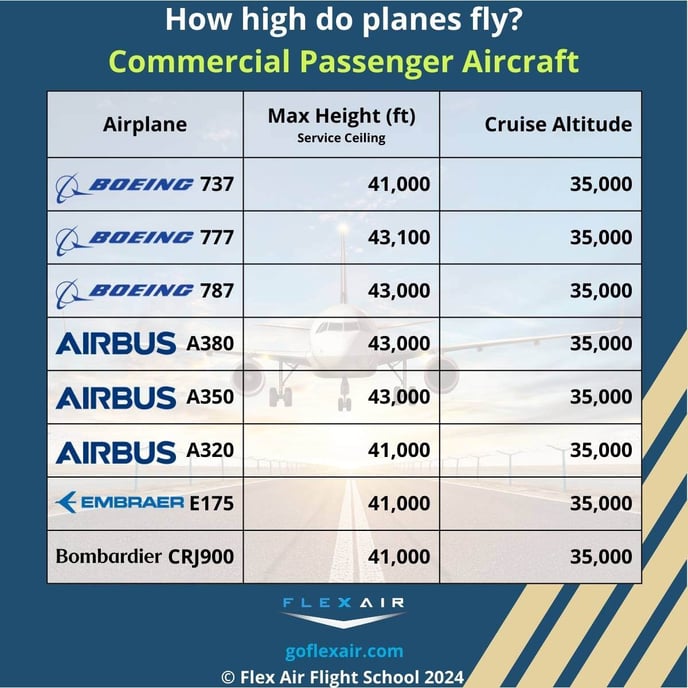
Credit: aviex.goflexair.com
Factors Influencing Flight Duration
How long can a commercial plane fly without refueling? The answer depends on many factors. Understanding these factors can help travelers and aviation enthusiasts grasp the complexities of air travel.
Aircraft Model
Different aircraft models have different fuel capacities. Some planes are designed for long-haul flights, while others are for shorter journeys. For instance, the Boeing 787 Dreamliner can fly up to 8,000 miles without refueling. On the other hand, regional jets have a much shorter range.
| Aircraft Model | Max Range (miles) |
|---|---|
| Boeing 787 Dreamliner | 8,000 |
| Airbus A380 | 8,200 |
| Bombardier CRJ700 | 1,500 |
Weather Conditions
Weather plays a crucial role in flight duration. Strong headwinds can reduce a plane’s range. Conversely, tailwinds can extend the flight range. Severe weather conditions, like storms, may force a plane to take a longer route, using more fuel.
- Headwinds: Reduce range
- Tailwinds: Increase range
- Storms: May cause longer routes
Flight Path
The flight path also impacts how long a plane can fly without refueling. Direct routes save fuel. But planes often take longer routes to avoid restricted airspaces, bad weather, or to follow air traffic control instructions.
- Direct routes: Save fuel
- Detours: Due to restricted airspaces or weather
- Air traffic control: May require longer routes
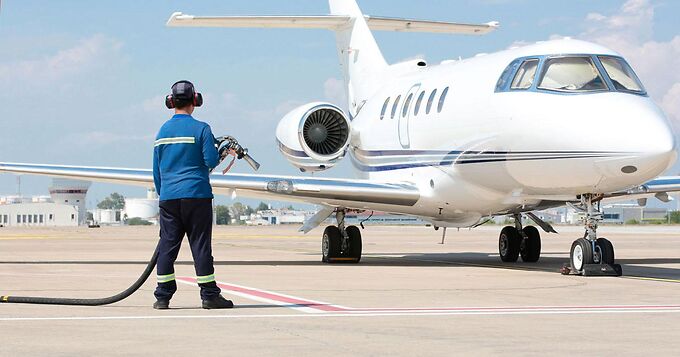
Credit: www.the-aviation-factory.com
Fuel Efficiency Innovations
Fuel efficiency innovations have dramatically increased how long commercial planes can fly without refueling. These advancements help airlines save on costs and reduce environmental impact. This section explores three key areas of innovation: engine technology, aerodynamic design, and materials used.
Engine Technology
Modern engines are designed to be more fuel-efficient. They use advanced materials and technology to reduce fuel consumption.
- High-bypass turbofan engines: These engines provide better fuel efficiency by passing more air around the engine core.
- Geared turbofan engines: These engines improve efficiency by optimizing fan speed and reducing noise.
- Composite fan blades: Lighter and stronger than traditional materials, they contribute to overall fuel savings.
Aerodynamic Design
Aircraft with better aerodynamic design face less air resistance. This allows them to fly longer distances.
- Winglets: Small vertical extensions on wingtips reduce drag and improve fuel efficiency.
- Smooth fuselage design: Reduces air resistance and enhances fuel economy.
- Laminar flow control: Techniques to maintain smooth airflow over wings and fuselage.
Materials Used
Using lightweight, durable materials in aircraft construction significantly impacts fuel efficiency.
- Carbon fiber composites: Strong, lightweight materials reduce overall aircraft weight.
- Aluminum-lithium alloys: These materials offer better strength-to-weight ratio than traditional aluminum.
- Advanced ceramics: Used in engines to withstand higher temperatures and improve efficiency.
These innovations in engine technology, aerodynamic design, and materials used contribute to longer flight ranges. They make flights more efficient and environmentally friendly.
Top Long-haul Commercial Planes
Understanding the capabilities of long-haul commercial planes is crucial. These aircraft can fly for many hours without needing to refuel. This is important for non-stop international travel. Below are some of the top long-haul commercial planes known for their endurance and efficiency.
Boeing 787 Dreamliner
The Boeing 787 Dreamliner is a popular choice for long-haul flights. It can fly up to 7,530 nautical miles. This range allows it to connect distant cities without stopping. The Dreamliner is also known for its fuel efficiency. It uses less fuel compared to older models.
This plane is designed with passenger comfort in mind. Features include larger windows and better air quality. The Dreamliner often serves routes like Los Angeles to Sydney and New York to Hong Kong.
Airbus A350
The Airbus A350 is another excellent long-haul aircraft. It can fly up to 8,000 nautical miles. This makes it suitable for ultra-long-haul routes. The A350 is also known for its advanced technology. It has a lighter structure and better fuel efficiency.
Passengers enjoy a quiet cabin and spacious seating. The A350 often connects cities like Doha to Auckland and San Francisco to Singapore. It offers a reliable and comfortable experience for long journeys.
Boeing 777
The Boeing 777 is one of the most used long-haul planes. It can fly up to 7,370 nautical miles. This allows it to cover many international routes without refueling. The 777 is known for its large passenger capacity and reliability.
Popular routes for the 777 include New York to Dubai and London to Tokyo. It provides a smooth and enjoyable flight experience. Airlines often choose this plane for its balance of range and passenger comfort.
| Plane Model | Maximum Range (Nautical Miles) | Popular Routes |
|---|---|---|
| Boeing 787 Dreamliner | 7,530 | Los Angeles to Sydney, New York to Hong Kong |
| Airbus A350 | 8,000 | Doha to Auckland, San Francisco to Singapore |
| Boeing 777 | 7,370 | New York to Dubai, London to Tokyo |

Credit: flybitlux.com
Historical Milestones In Long-haul Flights
Air travel has seen significant advancements over the years. Long-haul flights have reached impressive milestones. These achievements highlight the evolution in aviation technology and human determination. Let’s explore some record-breaking flights, pioneering aircraft, and notable pilots who made history.
Record-breaking Flights
Throughout history, several flights have set new records. These flights pushed the boundaries of what was possible.
- 1989: Qantas Flight 7441 – Flew non-stop from London to Sydney, covering 11,185 miles in 20 hours.
- 2005: Boeing 777-200LR – Broke the record for the longest non-stop flight by a commercial aircraft, flying 11,664 miles from Hong Kong to London.
- 2019: Qantas Flight 7879 – Flew non-stop from New York to Sydney, covering 10,066 miles in 19 hours and 16 minutes.
Pioneering Aircraft
The history of long-haul flights features innovative aircraft. These planes were designed for endurance and efficiency.
| Aircraft | Year Introduced | Significant Flight |
|---|---|---|
| Boeing 747 | 1969 | First commercial aircraft to offer non-stop transatlantic flights. |
| Concorde | 1976 | Faster-than-sound flights, reducing travel time significantly. |
| Boeing 777-200LR | 2005 | Set the record for the longest non-stop commercial flight. |
Notable Pilots
Many pilots have achieved remarkable feats in long-haul flights. Their skills and determination have been key to these successes.
- Captain Robert Hollander – Piloted the first non-stop flight from London to Sydney in 1989.
- Captain Suzanna Darcy-Hennemann – Led the record-breaking Boeing 777-200LR flight from Hong Kong to London in 2005.
- Captain Lisa Norman – Commanded the Qantas Flight 7879 from New York to Sydney in 2019.
These pilots and their crews have contributed immensely to the history of aviation. Their achievements continue to inspire the next generation of aviators.
Operational Strategies For Long Flights
Long-haul flights require careful planning and execution. Airlines use operational strategies to ensure planes fly efficiently. This involves fuel management, route optimization, and crew scheduling.
Fuel Management
Fuel is a critical factor in long flights. Airlines must manage fuel efficiently to avoid running out. They calculate the exact amount of fuel needed for each flight. This calculation includes factors like weather, weight, and distance.
Here’s a simple table showing factors affecting fuel management:
| Factor | Impact on Fuel |
|---|---|
| Weather | Can increase or decrease fuel usage |
| Weight | More weight means more fuel |
| Distance | Longer distance requires more fuel |
Pilots also use fuel-saving techniques. They adjust altitude and speed to optimize fuel usage. These adjustments help ensure the plane can fly as long as needed without refueling.
Route Optimization
Route optimization is essential for long flights. Airlines plan the best routes to save fuel and time. They use advanced software to analyze different routes. This helps find the most efficient path.
Here are some factors considered in route optimization:
- Air traffic
- Weather conditions
- Wind patterns
- Flight restrictions
Optimizing the route reduces fuel consumption. It also ensures a smooth and timely journey for passengers.
Crew Scheduling
Crew scheduling is another important strategy. Long flights require multiple shifts of crew members. Airlines must plan crew schedules to comply with regulations. This ensures crew members are well-rested and alert.
Here are some key points in crew scheduling:
- Compliance with work-hour regulations
- Ensuring rest periods for crew
- Having backup crew members
Proper crew scheduling ensures safety and efficiency. It allows the flight to operate smoothly without delays.
In summary, these operational strategies make long flights possible. Efficient fuel management, route optimization, and crew scheduling are crucial. They help commercial planes fly long distances without refueling.
Impact Of Regulations
Understanding how long a commercial plane can fly without refueling involves many factors. One crucial factor is the impact of regulations. Regulations play a vital role in ensuring safety, efficiency, and environmental compliance in aviation.
Aviation Authorities
Aviation authorities like the Federal Aviation Administration (FAA) and the European Union Aviation Safety Agency (EASA) set strict rules. They determine the maximum flight durations and routes. These rules ensure aircraft meet safety standards and operate efficiently.
| Authority | Region |
|---|---|
| FAA | United States |
| EASA | European Union |
| ICAO | Global |
Safety Protocols
Safety protocols are critical. They ensure that all flights adhere to high standards. These protocols cover fuel management, emergency procedures, and crew training.
Key Safety Protocols Include:
- Regular Maintenance Checks
- Emergency Fuel Reserves
- Detailed Flight Planning
Environmental Policies
Environmental policies also influence flight durations. These policies aim to reduce carbon emissions and fuel consumption. Compliance with these policies is mandatory.
Impact of Environmental Policies:
- Reduced Carbon Footprint
- Efficient Fuel Use
- Adherence to Global Standards
In summary, regulations by aviation authorities, safety protocols, and environmental policies are key. They determine how long a commercial plane can fly without refueling.
Future Of Long-haul Flights
Long-haul flights are becoming more efficient and sustainable. The future looks bright with advancements in fuel, aircraft design, and technology. Let’s explore some key innovations shaping the future of long-haul aviation.
Sustainable Aviation Fuel
Sustainable Aviation Fuel (SAF) is crucial for reducing carbon emissions. SAF is made from renewable resources like plants or waste materials. It can be mixed with traditional jet fuel, cutting emissions significantly.
Benefits of SAF include:
- Lower carbon footprint
- Renewable and biodegradable
- Compatible with existing aircraft engines
Airlines are investing in SAF to meet environmental goals. It is a step towards greener aviation.
Electric And Hybrid Planes
Electric and hybrid planes are emerging as game-changers. They promise to reduce fuel consumption and emissions. Electric planes use batteries to power their engines. Hybrid planes combine traditional and electric engines.
Key advantages of electric and hybrid planes:
- Zero emissions (electric planes)
- Lower fuel costs
- Quieter operation
These planes are ideal for shorter routes now. Future advancements could make them viable for long-haul flights.
Innovative Propulsion Systems
Innovative propulsion systems are transforming aviation. New technologies aim to improve fuel efficiency and reduce emissions.
Examples include:
- Hydrogen fuel cells
- Supersonic jets
- Blended wing body designs
Hydrogen fuel cells produce only water as a byproduct. Supersonic jets reduce travel time significantly. Blended wing designs enhance aerodynamics and fuel efficiency.
These innovations will make long-haul flights faster, cleaner, and more efficient.
Passenger Experience On Long Flights
Flying long distances can be both exciting and daunting. The journey often lasts several hours. This can impact the overall passenger experience. Airlines strive to make these flights as comfortable as possible. They offer various amenities and services to ensure a pleasant trip.
In-flight Comfort
Comfort is crucial on long flights. Airlines provide adjustable seats with extra legroom. This helps passengers stretch out and relax. Many airlines also offer lumbar support and footrests. This can make a significant difference in comfort. Some flights even have lie-flat seats in business and first class. These seats allow passengers to sleep comfortably.
Entertainment Options
Entertainment is a key factor in passing the time. Most airlines have in-flight entertainment systems. Passengers can watch movies, TV shows, and even play games. Some flights also offer Wi-Fi. This allows passengers to stay connected and browse the internet. Many airlines provide magazines and newspapers. This gives passengers additional reading material.
Health And Wellness
Long flights can affect health. Airlines offer various amenities to promote wellness. Passengers are encouraged to stay hydrated. Water is often available throughout the flight. Stretching exercises can also help. Many airlines provide in-flight exercise videos. These videos show simple stretches passengers can do in their seats. Healthy meal options are also available. These meals are designed to keep passengers feeling good during the flight.
Frequently Asked Questions
How Long Can Commercial Planes Fly Without Refueling?
Commercial planes can fly between 8 to 16 hours without refueling. It depends on the aircraft type and route. Some long-haul flights can extend beyond 18 hours using advanced aircraft.
Which Commercial Plane Has The Longest Flight Range?
The Boeing 777-200LR holds the longest flight range. It can fly up to 15,843 kilometers (9,845 miles) without refueling. This makes it ideal for ultra-long-haul routes.
What Factors Affect A Plane’s Flight Duration?
Several factors affect flight duration, including aircraft type, weather, route, and passenger load. Efficient fuel management and favorable winds can extend flight time.
Do All Airlines Use Planes With Long Ranges?
Not all airlines use planes with long ranges. It depends on their route network and operational needs. Long-range aircraft are typically used for international flights.
Conclusion
Commercial planes can fly long distances without refueling. The exact range varies. It depends on the plane model and fuel efficiency. Some planes can fly up to 15 hours. Others might need to refuel sooner. Flight duration also depends on weather and route.
Advanced technology helps planes fly farther. Understanding these factors helps in planning long flights. Safe travels rely on efficient fuel management. Now you know how long commercial planes can fly without refueling.
